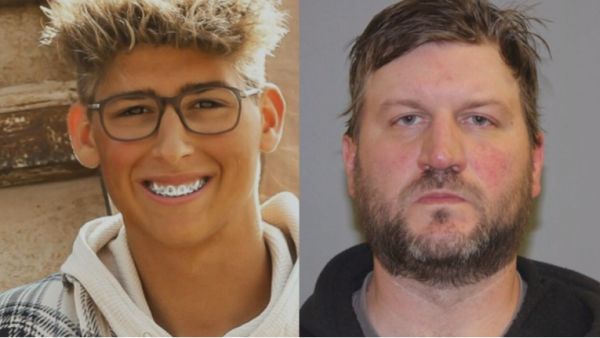North Dakota driver claims political argument preceded teen’s death

September 22, 2022
MCHENRY, N.D. — A driver charged with fatally striking a teenager in North Dakota allegedly told investigators he purposely hit the teen with his SUV after they had a political argument, according to court documents.
Eighteen year-old Cayler Ellingson was struck and killed following a street dance in McHenry early Sunday. The driver accused of striking Ellingson in an alley, forty one year-old Shannon Brandt, is charged in Foster County with vehicular homicide and leaving the scene of an accident that resulted in death.
Jail records from Stutsman County, where Brandt was being held, show he posted $50,000 bond Tuesday and was released. His attorney did not immediately return a call for comment.
Brandt told investigators he left the scene after striking Ellingson, returned briefly, called 911 and then left again, according to a probable cause affidavit.
The court document said Brandt told investigators he had been drinking alcohol before striking Ellingson and thought the teen was calling people to do him harm after they argued and that he felt threatened. Ellingson was rushed to a hospital in Carrington, where he was pronounced dead.
Investigators arrested Brandt at his home in Glenfield later Sunday. Officials said he consented to a chemical breath test which showed his blood alcohol content was above 0.08%, the legal limit to drive.
Capt. Bryan Niewind of the North Dakota Highway Patrol, which helped investigate the death, said the political argument claim by Brandt has not been substantiated because the investigation is still ongoing and more witnesses need to be interviewed. The specific details of the alleged argument were not released.
Ellingson’s parents later told police they knew Brandt, but they did not believe their son did, the affidavit said. Ellingson’s mother described how she was on her way to pick up her son from McHenry when he called her about 2:40 a.m. and asked if she knew Brandt. Ellingson called again a short time later and said “that ‘he’ or ‘they’ were chasing him.” She could no longer reach him after that, the document said.




